Throughout My Hero Academia, you will hear the phrase ‘Quirk Evolution’ time and again. Prior to the events in the show, humanity underwent its own evolution with the emergence of meta-abilities known as Quirks. Now, fast-forward more than a century later and 80 percent of the population have Quirks, with the Quirkless slowly being weaned out of existence.
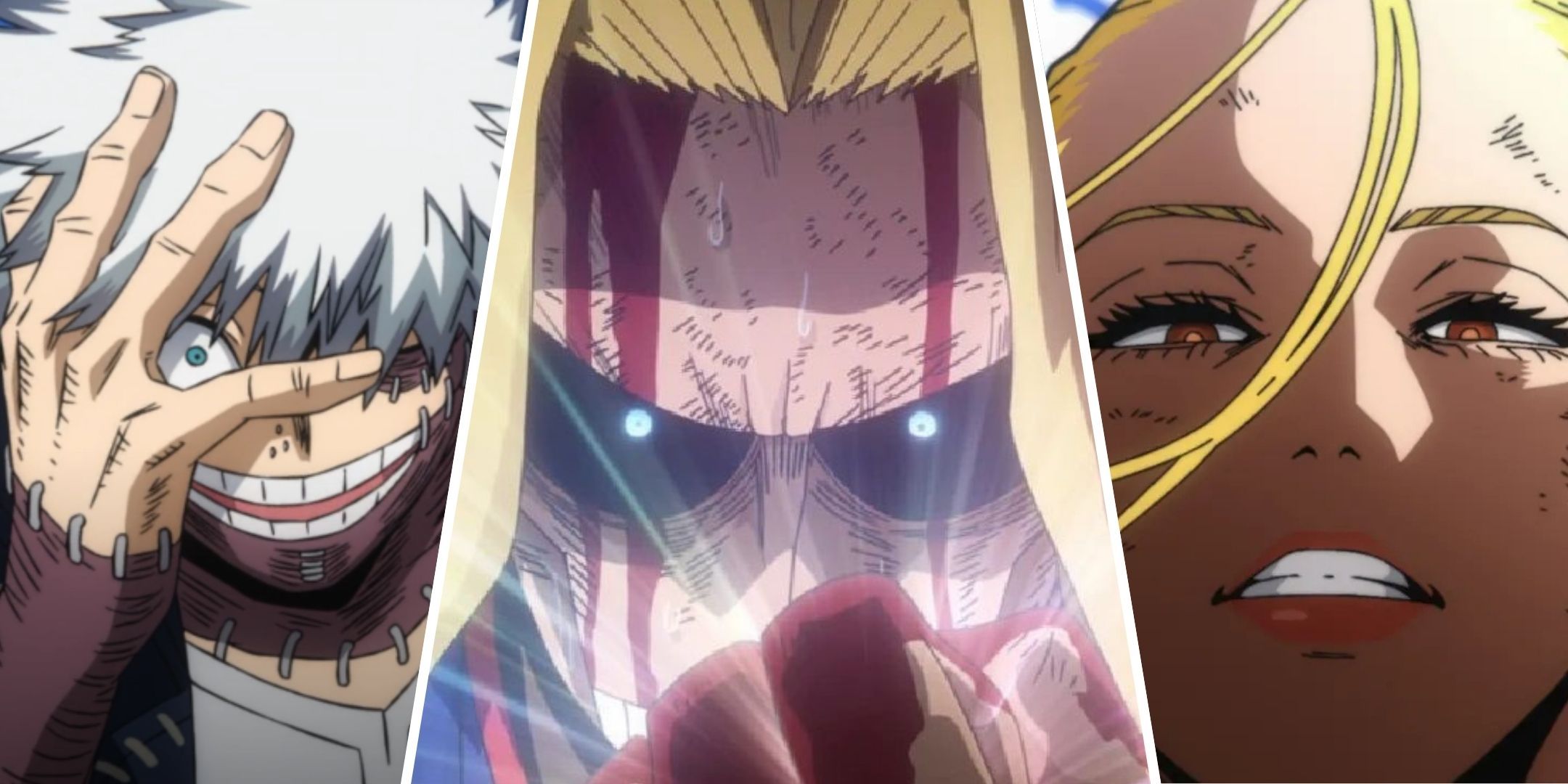
Related
My Hero Academia: 10 Best Episodes
My Hero Academia has had some plus ultra episodes over the years.
However, although Quirks appear quite simple and self-explanatory in their respective strengths and weaknesses, that’s not all there is to them. Like the human bodies that possess them, Quirks also experience an evolution process, which is depicted multiple times in the show. If you’re looking for an in-depth explanation of Quirk Evolution and its potential downsides, then look no further.
What Is The Quirk Evolution Theory?
To put it bluntly, Quirk Evolution involves the theory that Quirks in successive generations will gradually grow in strength, to the point where humans won’t be able to control them any longer. Additionally, since these Quirks will be so powerful, human bodies won’t be able to feasibly handle and adapt to the growing physical burden of their abilities.
According to the theory, this will result in possible cataclysms and the fall of civilisation.
Quirk Evolution, also known as The Quirk Singularity Theory, originated from Dr. Garaki Kyudai, the doctor who later became the personal physician, mad scientist, and right-hand man of Villain All For One. His theory was not a popular one, and almost sunk into obscurity until the events of the show, with the rise of extremist cults like Humarise and the Meta Liberation Front causing a revival among the masses.
True Or False?
Although Dr. Garaki himself was a reprehensible character, it begs the question of whether his theory holds any ground. Based on the characters we’ve encountered on the show, the theory does hold water decades after it was conceptualised.
For example, we’ve already begun to see examples in Midoriya Izuku’s generation of beyond-powerful Quirks like Star and Stripe’s New Order, Todoroki Shouto’s double Quirk, and Overhaul’s disassembling Quirk.
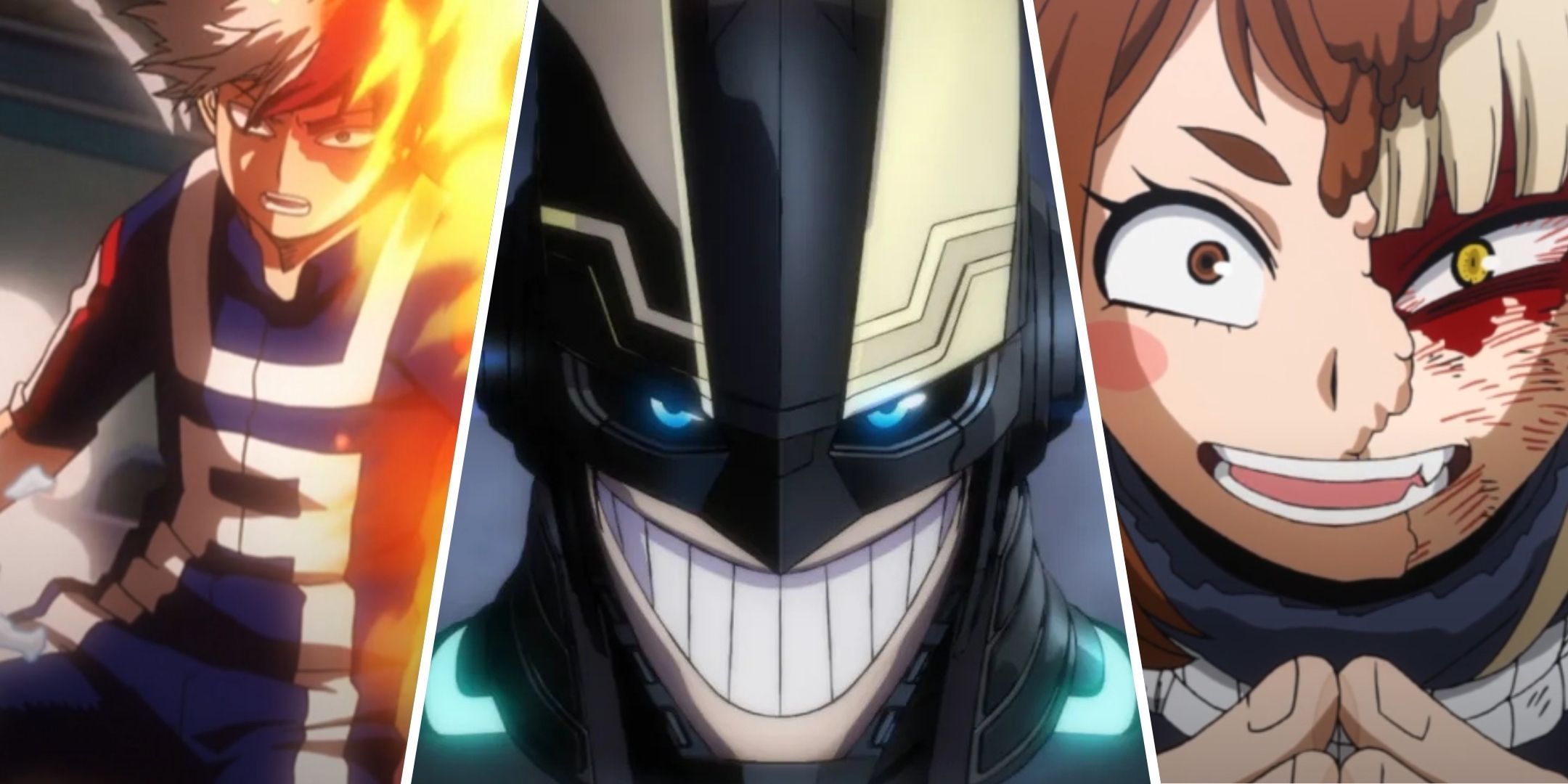
Related
My Hero Academia: All Seasons, Ranked
Each one is an episodic smash!
Humarise leader Flect Turn’s Reflect Quirk is undoubtedly powerful, but it hurts him and those around him. This goes for other characters such as Dabi (or Todoroki Touya) and Nine, whose bodies are unable to bear the strain of their Quirks. The next generation is also showing overpowered Quirks, like Eri and the elementary students introduced during the Hero Remedial Course.
We can only imagine what it will look like in another decade or two after The Epilogue arc.
Quirk Awakenings
There are some cases where characters could experience an evolution in their Quirks’ strengths and uses. This goes beyond simple Quirk training and seems to be triggered by extremely emotional and stressful situations. However, there hasn’t been any concrete confirmation of this.
Himiko Toga is the first to experience this phenomenon in the show, being near death before ‘awakening’ her Transformation Quirk, allowing her to use the Quirks of those she loves beyond physically imitating them. Another would be Uraraka Ochako, who, in the face of Himiko/Twice’s Sad Man’s Parade, was able to float everything in her vicinity without having to touch them.
Here is a list of other characters who’ve had a ‘Quirk Awakening’:
|
Bakugo Katsuki |
Able to generate explosions in other parts of his body, not only his hands. |
|---|---|
|
Dabi / Todoroki Touya |
Awakens his Ice Quirk during a near-death situation. |
|
Shigaraki Tomura |
Able to spread his Decay to entire cities without the need to use all five fingers. |
|
Twice |
Able to make infinite doubles of himself. |
|
Koichi Haimawari |
Able to fly for limited periods, and create force fields and repulsion beams. |
The Potential Consequences Of Quirk Evolution
The Quirk Evolution Theory was never fully investigated in-depth in the show or the manga. Still, the evidence presented does point to the fact that Dr. Garaki was on to something. We have already seen the devastating effects of Quirks like Overhaul’s and Nine’s, and since Quirks are progressively getting stronger with each generation, how would society cope?
Although My Hero Academia ended on a hopeful note, you can’t help but be slapped by reality and wonder if Quirk Restriction laws would be enough to control the rising tide of overpowered Quirks. If Quirk accidents or a heated argument could result in a cataclysm, Heroes and governments would be hard-pressed to keep up with the issues cropping left and right.
Moreover, David Shield has even commented that other countries’ crime rates are over 20 percent, and only Japan is an exception at 6 percent due to One For All (or All Might, at the time). Now, One For All is gone, and the problem remains.
However, Uraraka Ochako’s Quirk Counselling project could help counter this coming issue, although we may never know if they’re effective in the long term.
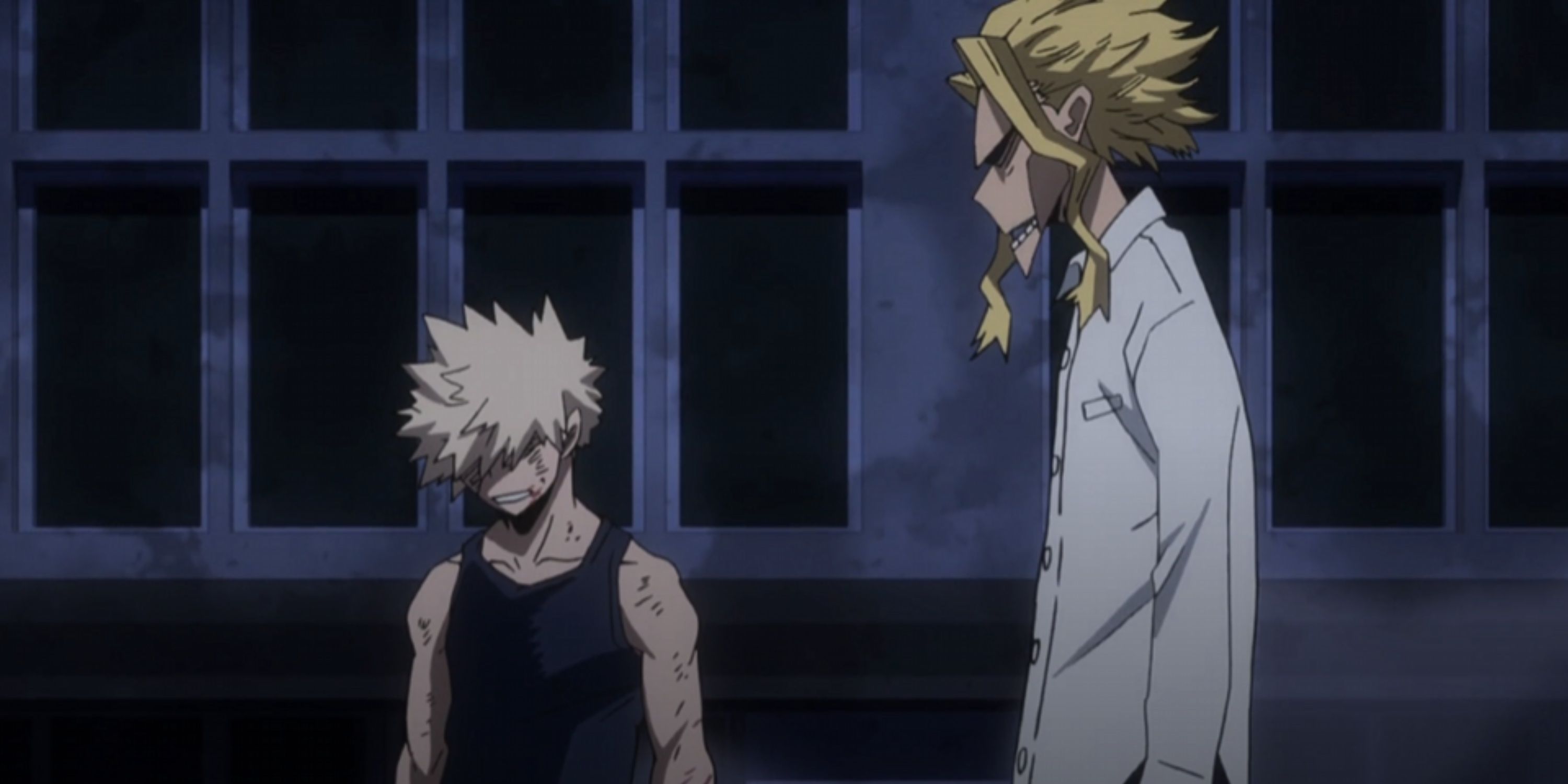
Next
My Hero Academia: 10 Characters Who Change The Most Throughout The Series
Being a hero takes growth.
Source link
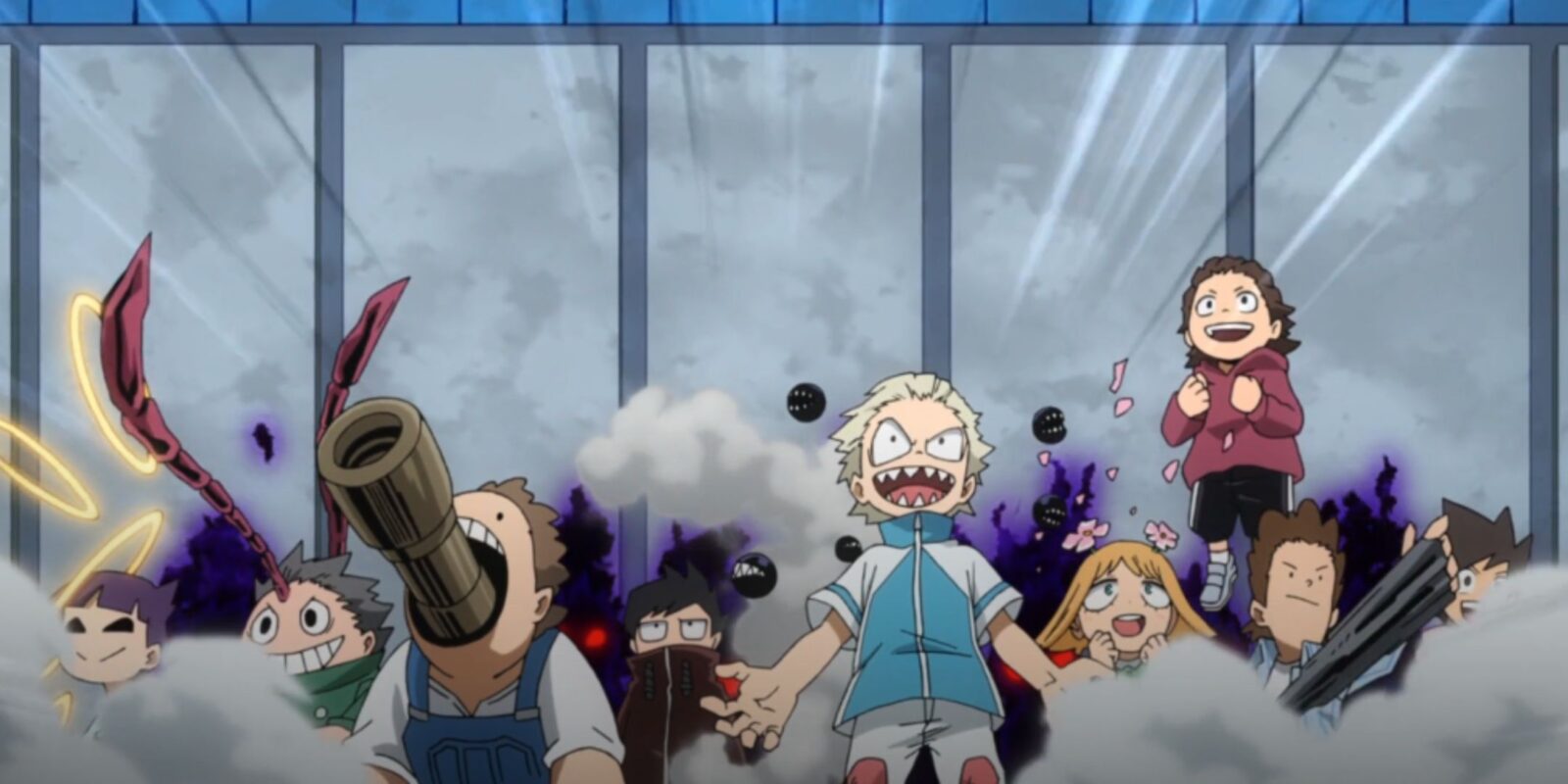
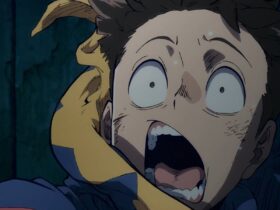
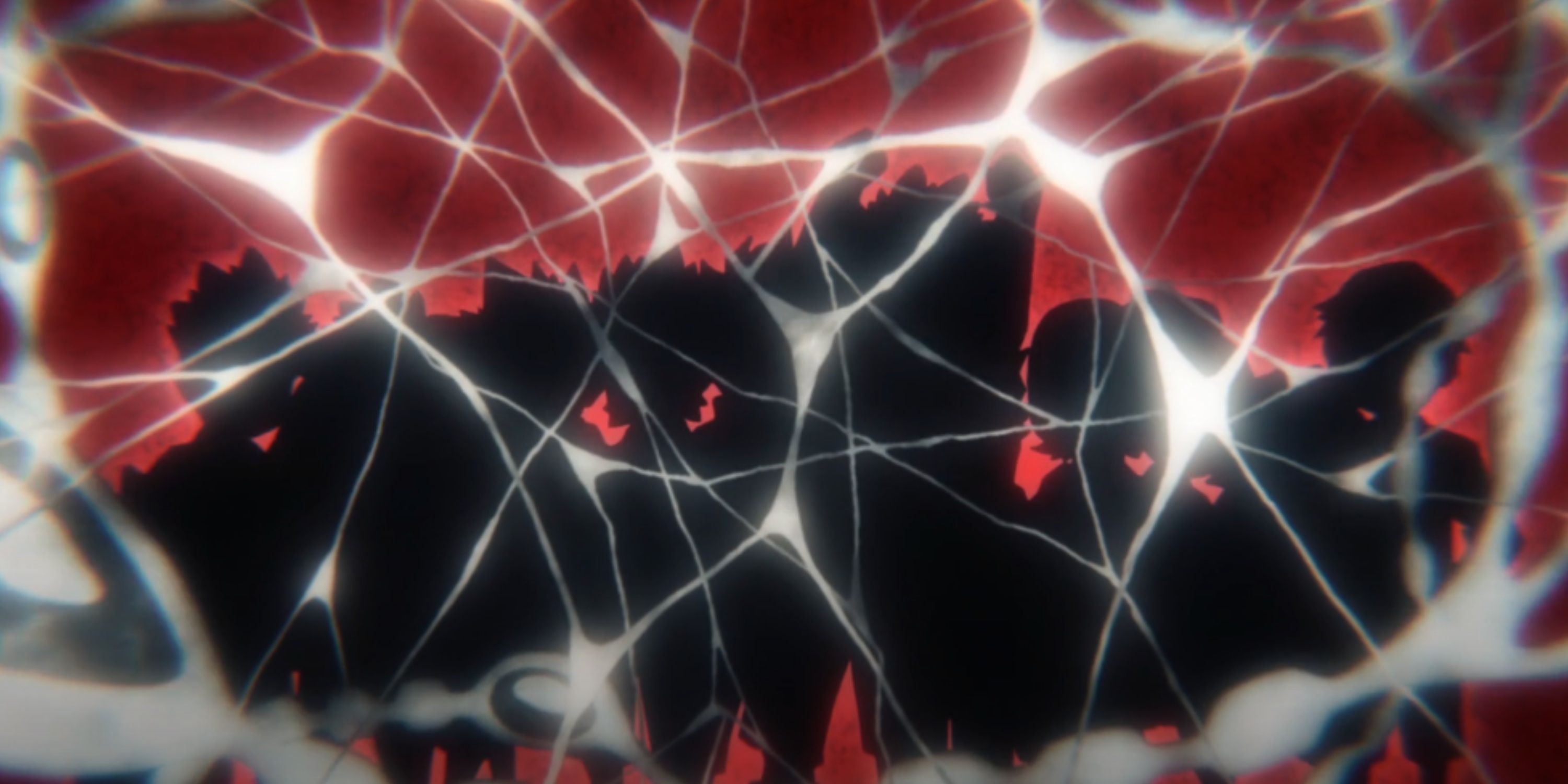
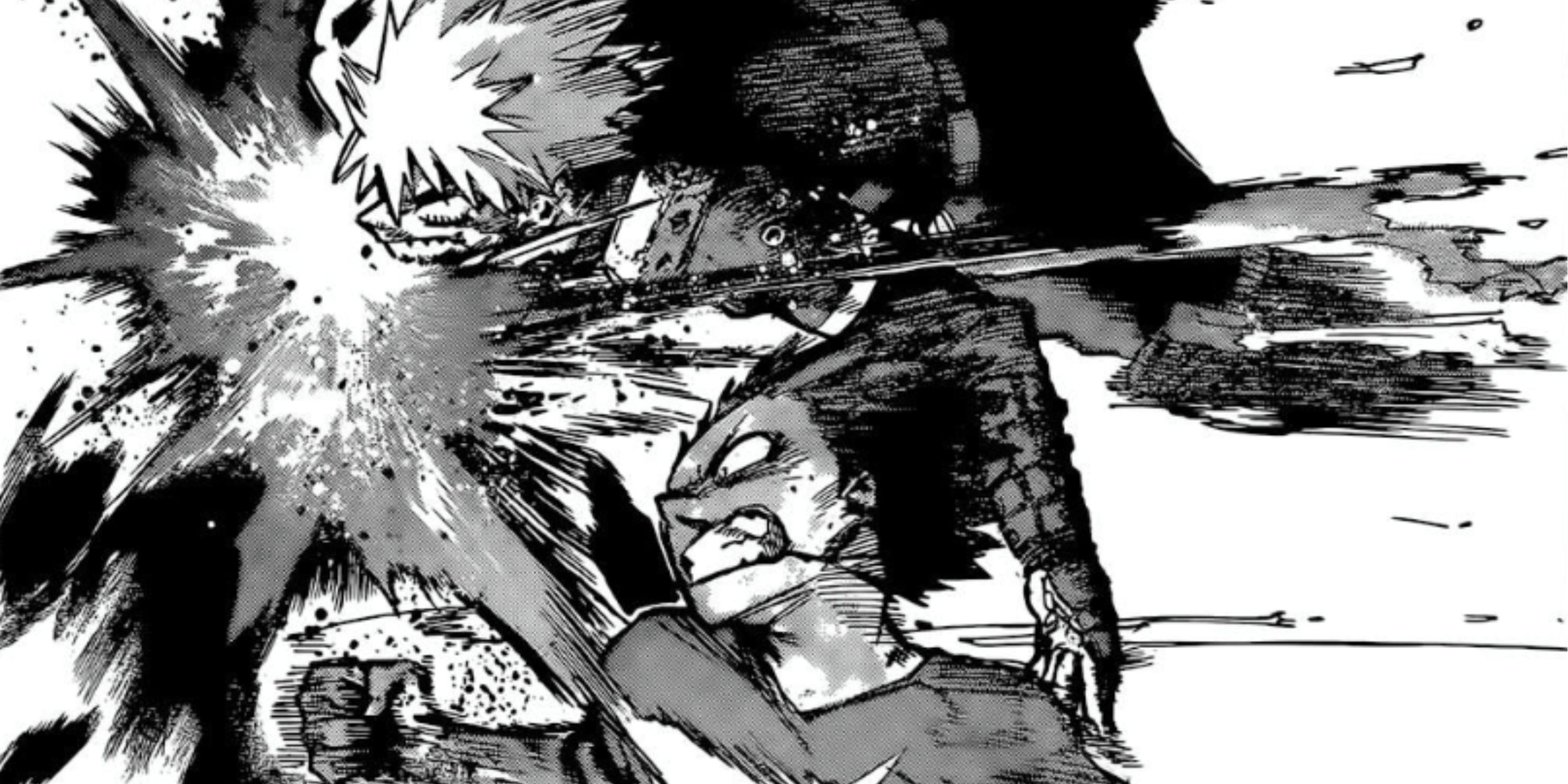
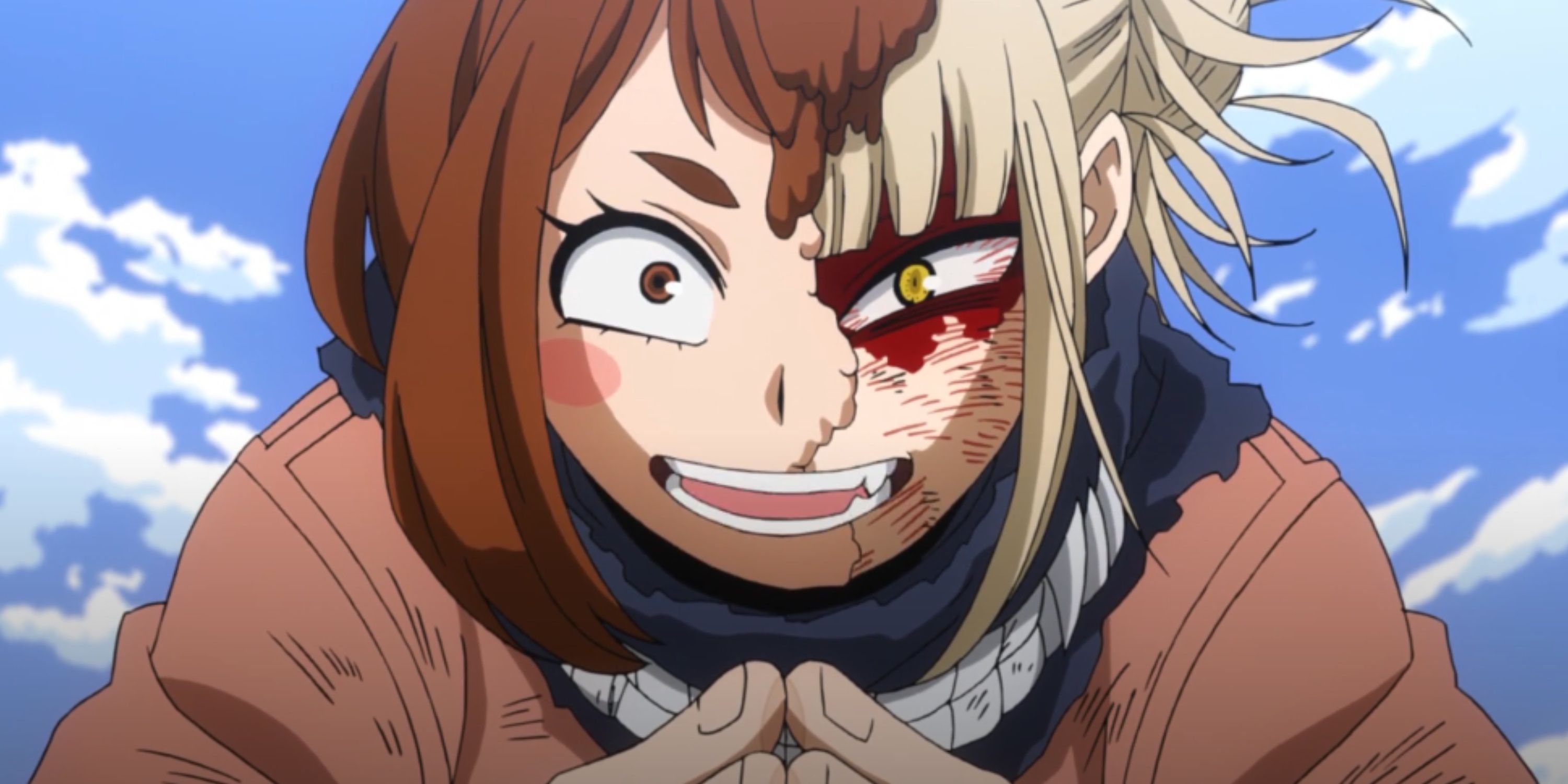
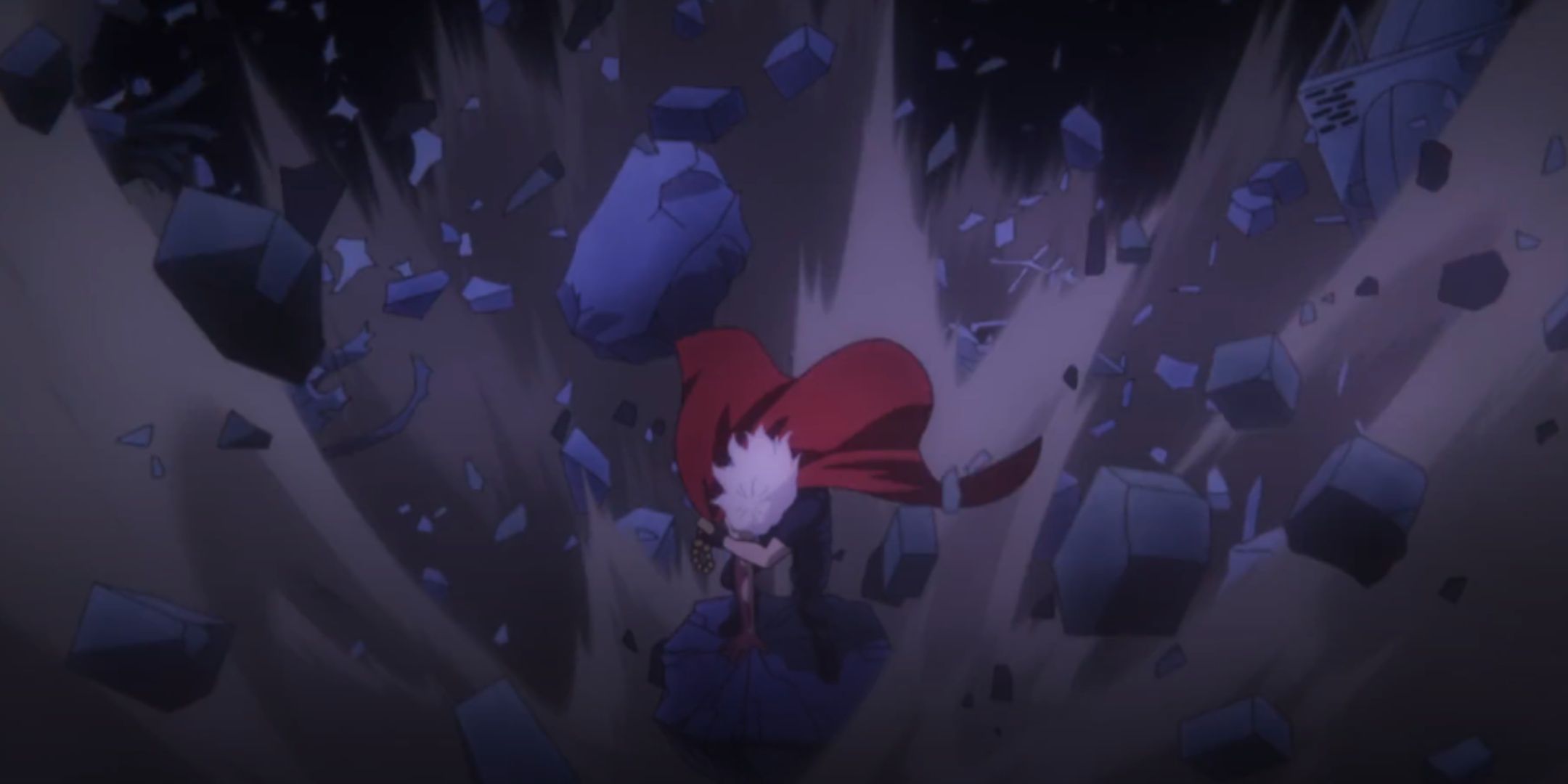





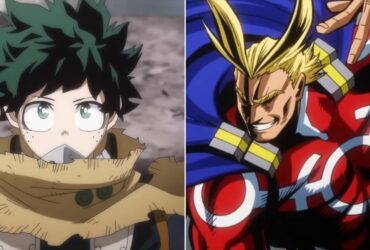



Leave a Reply